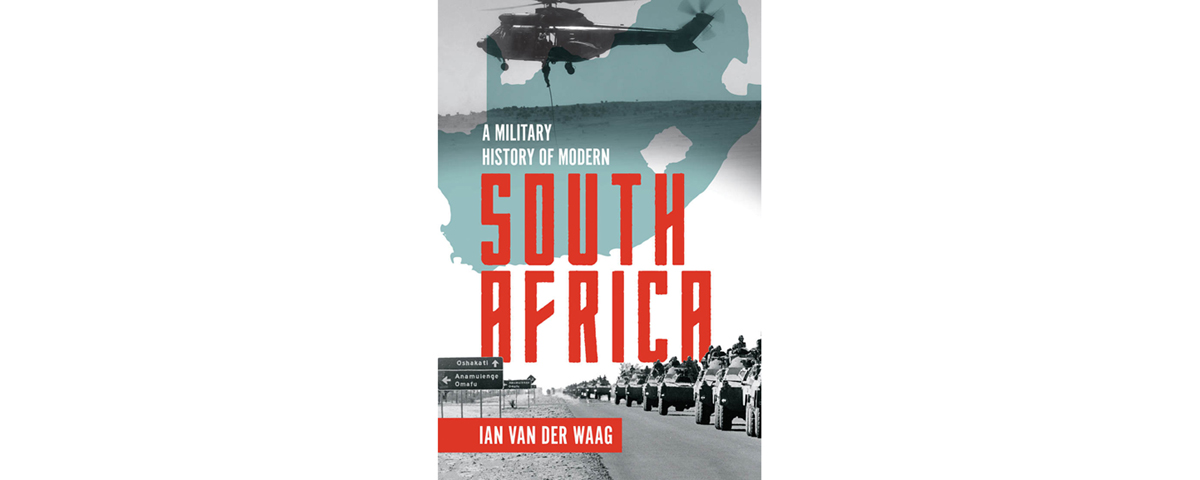A Military History of Modern South Africa, by Ian van der Waag, Casemate Publishers, Havertown, Pa., 2018, $32.95
South Africa has played minor roles in large conflicts and large roles in minor ones, a fact that has made for few broad military histories of that state. Ian van Der Waag declares his work “the first study of the South African armed forces as an institution.”
From a military standpoint it is striking that much of South Africa’s history has been characterized by a threat of internal dissension and outright rebellion, first by the Boer minority and almost immediately afterward by the state’s non-white majority. Substantial participation in two world wars far from the nation’s shores and minor intervention in other distant conflicts makes for a very unusual history.
The 1910 creation of the Union Defense Force required intensive efforts to balance Afrikaner and British elements in its armed forces, specifically to ensure combatants of Boer extraction joined the state’s forces without growing too powerful. The author argues it was a good-faith effort. That said, many Boers shunned the union’s new forces, seeing them as an extension of British occupation.
Thus it was a skeletal force that faced the sudden challenges prompted by the outbreak of World War I. Britain requested that South Africa occupy German South West Africa. But the 1914 Maritz Rebellion, which saw former Boer combatants again take up arms against Britain, proved an immediate complication. Afrikaner general and statesman Jan Smuts, who had founded the Union Defense Force, stepped up to suppress the rebellion, reorganize the army and plan the invasion of German East Africa, overseeing that conflict against Gen. Paul von Lettow-Vorbeck. Ironies persisted: Most of Smuts’ commanders were Boers, and Afrikaner units were explicitly routed to East Africa, while most South Africans dispatched to the Western Front and Middle East were British.
The aftermath of the war brought about a revival of Afrikaner nationalism, isolationism and massive demobilization. By 1927 the permanent force numbered under 1,500. And yet, another large-scale conflict soon loomed on the horizon. Nearly 350,000 South Africans served in World War II in theaters as varied as Ethiopia, North Africa, Italy and Madagascar.
The 1948 victory of the National Party brought about another marked shift, purging British elements and suspiciously cosmopolitan Afrikaners. South Africa also remained keen to demonstrate its anticommunism, in part to blunt rising criticism of apartheid, by contributing air support to the Berlin Airlift and the Korean War.
The previous pattern of extensive demobilization following participation in distant conflicts altered, as South Africa instituted universal military service. The move came in the face of growing internal protest against apartheid, as well as guerrilla conflict within and without, whose most conventional iteration was the border war in Angola.
The year 1994 brought about a challenge akin to 1910, only reversed. Instead of incorporating the defeated into a new force, the military arm of the African National Congress, among others, was essentially incorporated into the army of the apartheid state. Subsequent efforts to increase the representation of the state’s non-white majority are clearly warranted and yet have resulted in a decline in effectiveness.
In summary, the South African army’s troubles have largely mirrored those of the state. One happy outcome has been the disappearance of significant external threats. Peacekeeping has been the main concern of the South African army over the last two decades.
—Anthony Paletta





